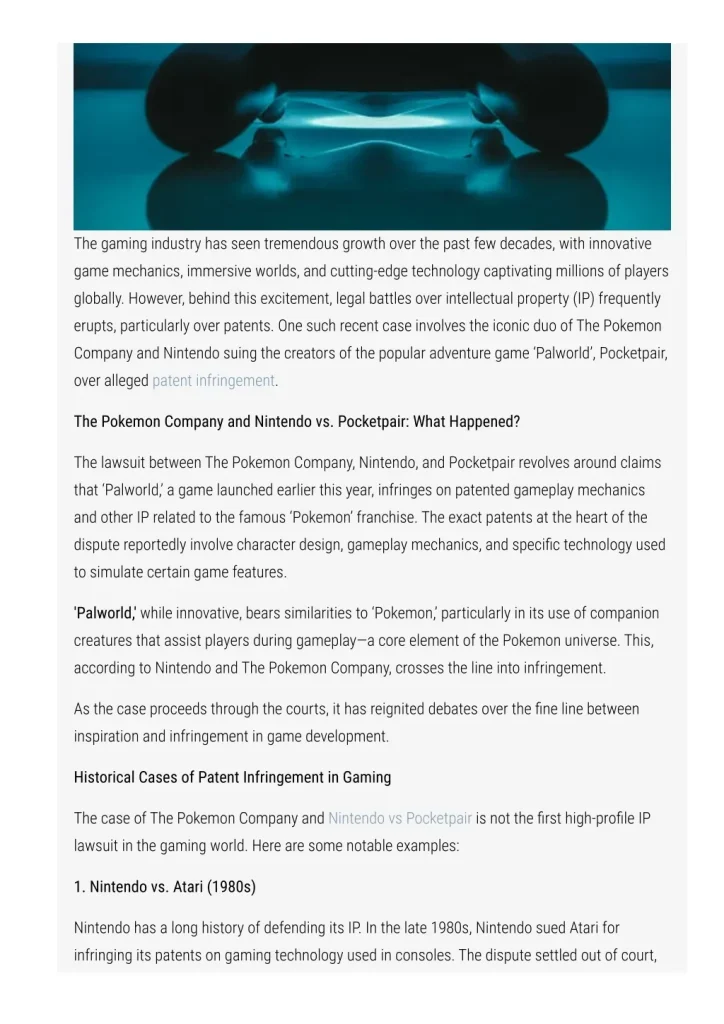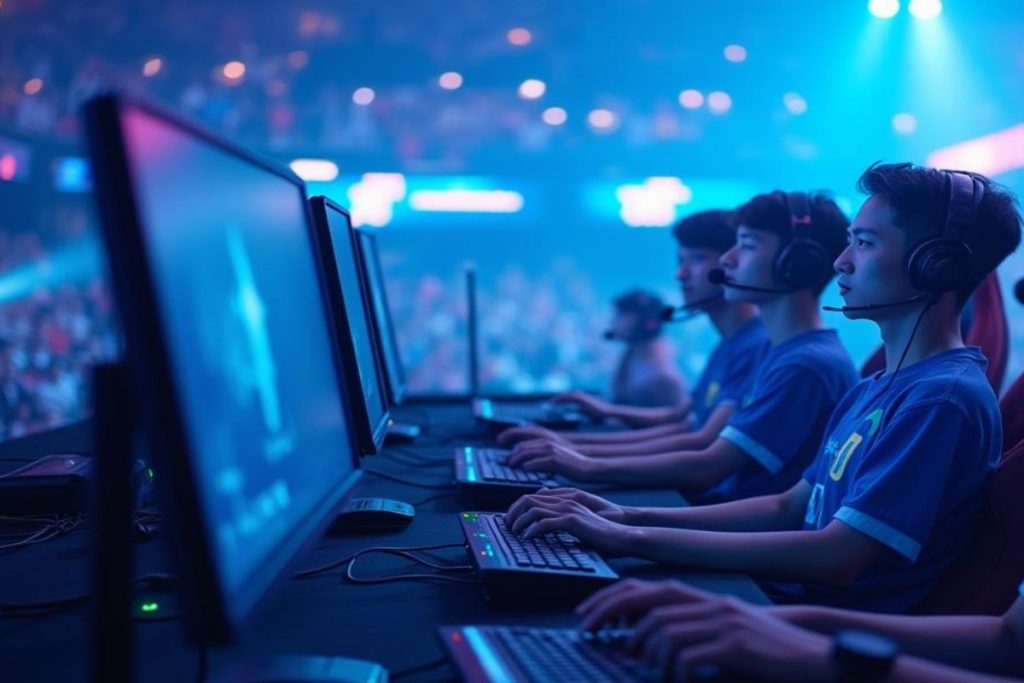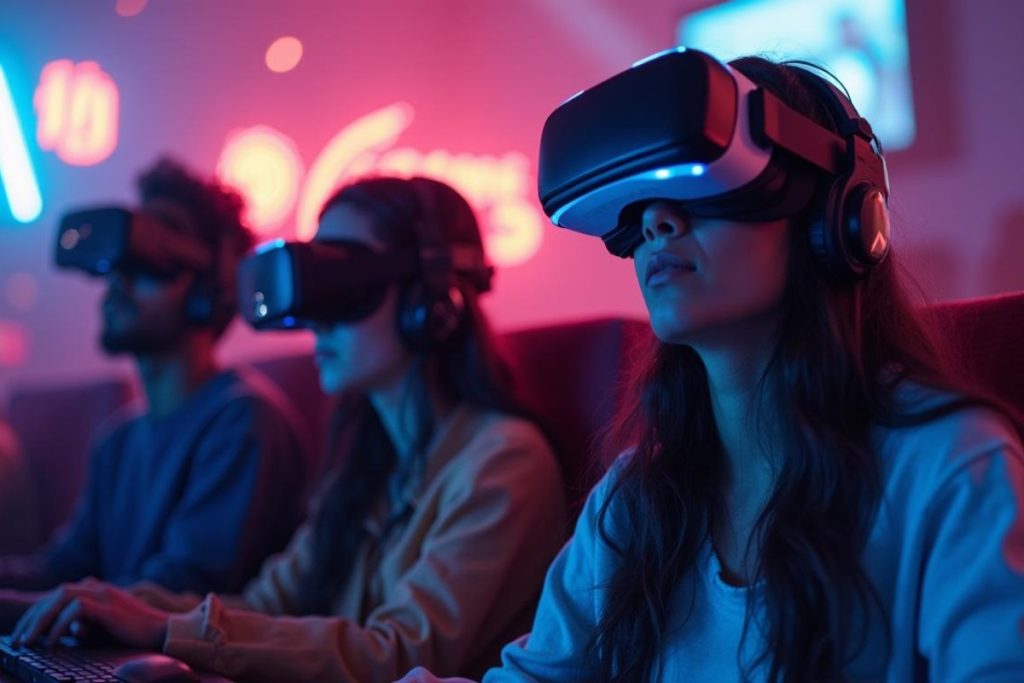The ongoing Pocketpair patent dispute highlights a significant legal clash between the developers of the monster-catching game, Palworld, and gaming giant Nintendo. Amidst accusations of infringement on Pokémon patents, Pocketpair has boldly claimed that the patents in question are invalid, citing existing games like Ark: Survival Evolved and Tomb Raider as prior art. The legal battle escalated when Nintendo filed its lawsuit citing multiple patents, shortly after the highly anticipated launch of Palworld. Pocketpair’s response has been strategic, focusing on the argument that the creative elements in their game do not represent novel inventions, but rather build upon widely recognized game development patents. As this intriguing legal saga unfolds, it represents a crucial moment not only for Pocketpair but for future innovations within the gaming industry.
In the legal ramifications underscoring the Pocketpair patent controversy, developers of the innovative game Palworld find themselves embroiled in a significant battle against Nintendo’s stringent ownership of gaming mechanics and designs. As Nintendo’s lawsuit unfolds, claiming infringement on several established game development patents, Pocketpair has initiated a rigorous defense that challenges the validity of these claims. They assert that similar gameplay concepts have been widely used, referencing numerous titles that pre-date Palworld, including celebrated entries from the Tomb Raider and Pokémon franchises. As both sides prepare their arguments, the implications of this case could resonate throughout the industry, potentially shaping the future landscape of intellectual property within game development. The way Pocketpair navigates this complex legal terrain may well set precedents for how game developers approach patent laws in the future.
Understanding the Pocketpair Patent Dispute
The Pocketpair patent dispute centers around the legal clash between Pocketpair, developer of the monster-collecting game Palworld, and Nintendo, which alleges that Pocketpair has infringed on various patents. This legal battle is significant as it highlights the ongoing conflicts in the gaming industry regarding intellectual property, especially concerning game development patents. Pocketpair asserts that the patents held by The Pokémon Company are not only invalid but also have been infringed upon by numerous preceding games, casting doubt on Nintendo’s claims.
Moreover, Pocketpair’s arguments focus on the existence of similar game mechanics and elements in a vast array of titles dating back years. By citing examples such as Ark: Survival Evolved and Tomb Raider, Pocketpair aims to establish a precedent for its gameplay features, suggesting that the elements in question were already accessible before the patents were applied for by Nintendo. This dispute raises critical questions about how patents are issued and whether they can hinder innovation in game development.
Analyzing the Nintendo Lawsuit Against Pocketpair
The recent lawsuit filed by Nintendo against Pocketpair has garnered significant attention within the gaming community. The allegations state that Pocketpair’s Palworld infringes on several patents related to gameplay features associated with Pokémon games. This legal maneuver has sparked fierce discussions about the legitimacy of Nintendo’s claims and the broader implications for video game creators who draw inspiration from existing franchises. As the lawsuit unfolds, many within the industry are watching closely, as the outcomes could redefine patent laws and enforcement in the gaming sector.
In early reports, it was noted that Nintendo’s legal action followed closely after the launch of Palworld, which some critics compared to Pokémon, dubbing it “Pokémon with guns.” The swift action by Nintendo showcases its proactive stance toward protecting its intellectual property, but it also raises concerns regarding competition and creativity within the gaming industry. The outcomes could set a precedent that either strengthens or weakens similar patent protections moving forward.
The Role of Game Development Patents in the Industry
Game development patents play a critical role in shaping the landscape of the gaming industry. They are meant to protect unique ideas and innovations, ensuring that creators can reap the rewards of their inventions. However, when these patents are overly broad or fail to acknowledge prior art, they can become a point of contention, as evidenced by the Pocketpair patent dispute. The conflict emphasizes the need for a balanced approach to patenting, which fosters creativity while also safeguarding the rights of inventors.
As demonstrated in Pocketpair’s defense, many developers bring forth arguments highlighting the existence of similar mechanics in established games. This sparks a debate about whether current patent laws sufficiently promote innovation or instead stifle it by granting monopolistic control over common features. The ongoing discussion around the Pocketpair dispute can lead to a reevaluation of how patent laws apply to video games, potentially influencing future game design and development practices.
Pocketpair’s Response to the Legal Challenge
In response to Nintendo’s lawsuit, Pocketpair has mounted a vigorous defense, aiming to debunk the claims of patent infringement levied against it. The company’s legal team has pointed out that the patents in question had already been invalidated by the existence of similar features in earlier video games. Pocketpair argues that many of the mechanics they incorporated in Palworld have been present in the gaming industry long before Nintendo’s filings, which they believe strengthens their case.
Furthermore, Pocketpair’s legal strategy not only challenges the validity of the patents but also emphasizes the concept of fair competition in the gaming industry. By showcasing games that utilized similar mechanics, Pocketpair seeks to demonstrate that innovation is a collaborative process and that restricting access through patent claims can inhibit growth within the sector. This stance not only aims to protect Pocketpair but also advocates for a broader reconsideration of how intellectual property laws function within gaming.
Comparing Pocketpair’s Palworld to Pokémon
The comparisons between Palworld and the Pokémon franchise have been rampant since the game’s announcement, leading to questions about inspiration and innovation in design. Many fans have pointed out similarities in gameplay mechanics, such as creature collection and battling, which has triggered Nintendo’s legal response. However, the nuances of game design often blur the lines between inspiration and infringement, making this a complicated issue.
Now, more than ever, it is crucial to analyze these comparisons critically. While Palworld embodies elements reminiscent of Pokémon, the game also introduces unique twists and features that cater to a different audience. As the lawsuit continues, the discussions surrounding the authenticity of influence versus imitation in gaming design will play an essential role in shaping public perception and legal outcomes.
The Impact of Pokémon Patents on Game Developers
The impact of Pokémon patents extends beyond mere legal disputes; they influence how game developers conceptualize and create new titles. For firms like Pocketpair, the restrictive nature of Nintendo’s patents can deter innovation, limiting their ability to implement popular or effective gameplay mechanics that audiences thirst for in new titles. This creates a challenging environment where developers must carefully navigate the muddy waters of intellectual property to avoid legal repercussions.
Moreover, the fear of litigation can lead to hesitance in adopting concepts widely accepted in the gaming community, impacting the diversity of available games. This scenario creates a ripple effect that could stifle creativity among indie developers, who benefit from adopting and modifying existing features to develop their unique experiences. The Pocketpair patent dispute exemplifies the importance of reassessing how patent laws interact with the gaming industry to support, rather than constrict, creative development.
Analyzing Previous Patent Disputes in Gaming
Studying previous patent disputes in gaming reveals a pattern of conflict between innovation and legal protection. Notably, cases such as the Epic Games vs. Apple case shed light on how companies battle over software features and branding. These disputes often influence how future patents are enforced, impacting smaller developers who may not have the resources to defend against larger corporations. The Pocketpair patent dispute with Nintendo follows this trend, as developers face the daunting challenge of defending their creative rights against formidable legal teams.
By examining cases like these, industry stakeholders can gauge not only the potential consequences for Pocketpair but also the changing landscape of video game patents. Analyzing these trends provides insights into the ongoing dialogue about how patents might evolve to better balance the needs of companies like Nintendo with those of independent developers who seek to innovate without legal hurdles.
Future Implications for Game Development and Patenting
As the Pocketpair patent dispute unfolds, it presents an opportunity for the gaming industry to reflect on its approaches to development and patenting practices. If Pocketpair successfully invalidates Nintendo’s patents, it could lay the groundwork for a more open and collaborative environment where game developers feel empowered to express creativity without fear of infringement lawsuits. A favorable outcome could signal a shift towards more permissive patent practices that encourage innovation.
On the other hand, if Nintendo prevails in its claims, it may reinforce the stringent measures that protect intellectual property but also stifle creativity. Such a result could deter new developers from exploring familiar gameplay concepts, ultimately limiting the variety of experiences available to gamers. The industry’s trajectory concerning patents will greatly influence the future landscape of gaming development and innovation.
Lessons Learned from the Pocketpair Case
The ongoing legal battle between Pocketpair and Nintendo offers several lessons for the gaming community, especially when it comes to understanding the complexities of intellectual property rights. One key takeaway is the importance of conducting thorough research before filing for patents. As seen with Pocketpair, a deep dive into prior art can reveal the viability of patent claims, serving as a crucial defensive strategy for developers facing legal scrutiny.
Additionally, this case underscores the significance of balancing protection and innovation. Developers need to foster environments where creativity flourishes without excessive fear of infringement. The response to the Pocketpair dispute could prompt policymakers and industry leaders to reevaluate standards for issuing patents, setting a precedent that either empowers or restricts future game development.
Frequently Asked Questions
What is the Pocketpair patent dispute with Nintendo about?
The Pocketpair patent dispute with Nintendo centers around allegations that Pocketpair’s game Palworld infringes on multiple patents owned by The Pokémon Company. Nintendo claims that Pocketpair has violated these patents, which relate to game mechanics and systems associated with monster capturing, a feature found in Pokemon games.
How has Pocketpair responded to the Nintendo lawsuit?
Pocketpair has contested the validity of Nintendo’s patents by arguing that similar mechanics already exist in prior games, such as Ark: Survival Evolved and Tomb Raider. They assert these references demonstrate that Nintendo’s patents should not have been granted.
What are the key elements of the Palworld legal battle against Nintendo?
In the Palworld legal battle, Pocketpair is focused on challenging the validity of three specific patents filed by Nintendo. They argue that existing games, including Final Fantasy 14 and their own Craftopia, invalidate the claims of Nintendo’s patents. Pocketpair maintains that if the patents are proven invalid, it undermines Nintendo’s case regardless of any perceived infringement.
Which games does Pocketpair reference in their arguments against Nintendo’s patents?
Pocketpair mentions several games to support their argument, including Ark: Survival Evolved, Tomb Raider, Final Fantasy 14, Titanfall 2, and earlier Pokémon titles. They claim these games showcase features that Nintendo’s patents attempt to protect, further indicating the patents’ invalidity.
What impact did Nintendo’s lawsuit have on Palworld’s gameplay features?
In response to the Nintendo lawsuit, Pocketpair removed specific gameplay features from Palworld, particularly the ability to summon creatures using Pokéball-style Pal Spheres. This change was made to address concerns regarding patent infringement, even as they continue to defend against the lawsuit.
How did the gaming community react to the Pocketpair patent dispute?
The gaming community has closely followed the Pocketpair patent dispute, with many discussing the similarities between Palworld and Pokémon. The game has been described as ‘Pokémon with guns,’ prompting debates about creativity in game development and the implications of patent laws in the gaming industry.
What are the potential outcomes of the Pocketpair patent dispute?
The outcomes of the Pocketpair patent dispute could range from a court ruling in favor of Nintendo, which may result in penalties for Pocketpair, to a finding that invalidates Nintendo’s patents, allowing Pocketpair to continue their development without limitations. The case has significant implications for game development patents as a whole.
What strategies is Pocketpair using in their defense against Nintendo’s patent claims?
Pocketpair is employing a combination of legal strategies, including arguing the invalidity of Nintendo’s patents based on prior art in other games. They are prepared to present multiple arguments for each patent to strengthen their defense and avoid any potential losses.
When did Nintendo file the patents that are involved in the dispute with Pocketpair?
Nintendo filed the patents at the center of the dispute with Pocketpair between February and July 2024, shortly after the release of Palworld in January 2024. This timing has raised questions about the intentions behind the legal action.
Will Pocketpair continue developing games in light of the Nintendo lawsuit?
Despite the Nintendo lawsuit, Pocketpair is moving forward with game development, having already released Palworld on the Nintendo Switch and considering its future on the upcoming Nintendo Switch 2. The company is optimistic about its ability to navigate the legal challenges posed by the patent dispute.
| Key Point | Details |
|---|---|
| Pocketpair’s Challenge | Pocketpair asserts that Nintendo’s patents are invalid, citing prior art from established games. |
| Prior Games Mentioned | Ark: Survival Evolved, Tomb Raider, The Legend of Zelda, and others were referenced as evidence. |
| Nintendo’s Legal Action | Nintendo filed patents between February and July 2024, targeting Pocketpair post-launch of Palworld. |
| Claims made by Pocketpair | Pocketpair argues that patents target features already seen in other popular games. |
| Strategic Legal Defense | Pocketpair’s legal team has prepared extensive arguments against patent validity and infringement. |
| Game Comparisons | Palworld has been compared to Pokémon, described as ‘Pokémon with guns’. |
| Removal of Feature | Pocketpair removed the ability to summon creatures using Pokéball-style mechanics after the lawsuit. |
Summary
The Pocketpair patent dispute centers around allegations made by Nintendo regarding infringement of specific patents. Pocketpair defends itself by highlighting the validity of existing games that showcase similar mechanics, suggesting that Nintendo’s claims are not only unfounded but also built on non-unique elements. This ongoing legal battle will test the robustness of patent protections in the gaming industry and could influence how future games are developed in relation to established franchises.



